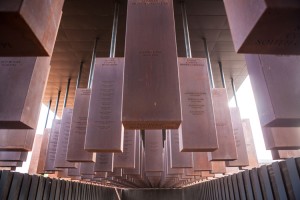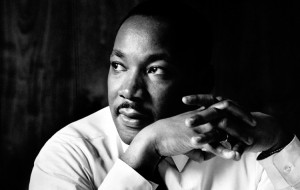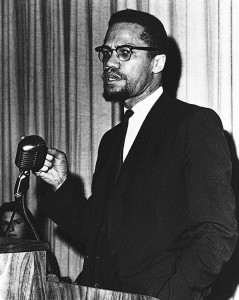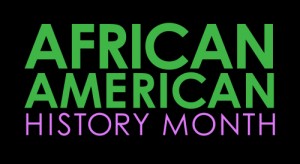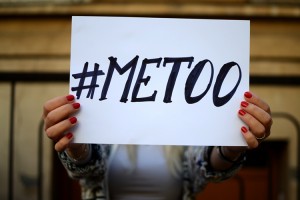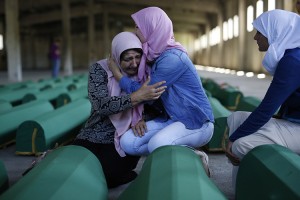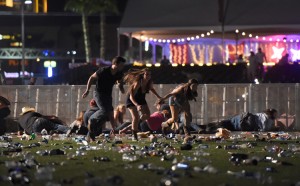Blackbeard’s Demise 300
Wednesday, November 28th, 2018November 28, 2018
On Nov. 22, 1718, 300 years ago last week, the notorious English pirate Blackbeard was killed off the coast of what is now the state of North Carolina. Blackbeard was one of the most famous villains in the history of the sea. He received his name from his distinctive long, black beard, which he often braided and tied with ribbons. Few pirates have looked and acted as fierce as Blackbeard.

Edward Teach, better known as Blackbeard, was a notorious English pirate who operated around the West Indies and the eastern coast of the American colonies. Credit: © Photo Researchers/Alamy Images
Blackbeard carried three braces (pairs) of pistols. He made himself look devilish in the thick of fighting by sticking long, lighted matches under his hat, framing his face in fire and smoke. If action was slow, Blackbeard stirred things up by lighting pots of sulfur in his own ship, or shooting pistols beneath the table while entertaining friends in his darkened cabin. His journal states that confusion and plotting developed if his men were sober, but all went well when they had enough rum.
Blackbeard terrorized the Carolina and Virginia coasts during 1717 and 1718 in his ship, Queen Anne’s Revenge. In 1717, he blockaded Charleston, South Carolina. He captured ships in the harbor and seized citizens for ransom. Blackbeard left after he received a chest of medicine as ransom. After this raid, he ran his ship aground near Cape Fear, North Carolina. Blackbeard then received a general pardon from Governor Charles Eden of North Carolina, whom he probably bribed. Life on land was not for Blackbeard, and he quickly returned to sea aboard his new ship, Adventure.
Blackbeard took such a toll on shipping and created so much terror along the American coast that Virginia and Carolina planters organized against him. The Virginia governor dispatched the British warship HMS Pearl to take him alive or dead. Blackbeard was caught on Nov. 21, 1718, near Ocracoke Inlet, off the North Carolina coast. On November 22, after fighting desperately with sword and pistol, the pirate fell dead with 25 wounds in his body. His head was taken back to Virginia and displayed on a pole.
Blackbeard was born Edward Teach, either in Bristol, England, or in Jamaica. He is said to have had 14 wives. In 1996, researchers found the remains of Blackbeard’s ship Queen Anne’s Revenge near the coast of North Carolina. Blackbeard’s villainous life and legend have inspired numerous books, motion pictures, and television shows.


